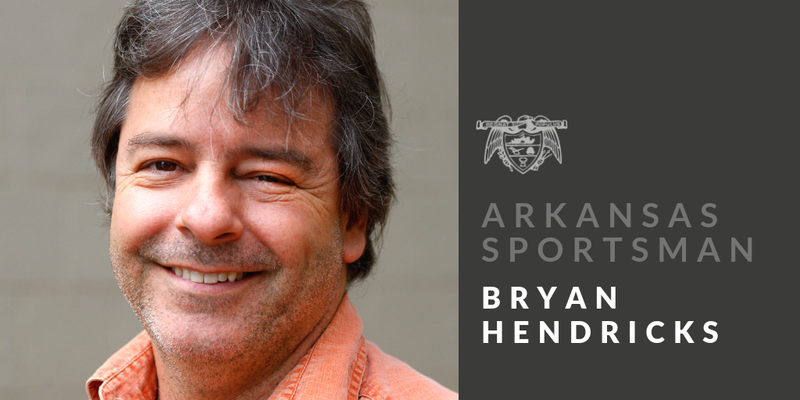If you drive in the Oklahoma Panhandle near Hardesty, you'll see a 3-mile long earthen dam rising about 120 feet above the prairie.
It's Optima Dam, completed in 1978 on the Beaver River to impound the river and form a reservoir that was intended to hold 618,000 acre/feet of water. Lake Maumelle, in comparison, stores 219,440 acre/feet. Lake Millwood stores 172,000 acre/feet.
There was a little problem, however. The project was calculated on hydrology models from around 1900. Optima Lake never reached more than 5 percent capacity, and it's only about 6 inches deep at the dam.
It's probably the most epic fail in the history of the U.S. Army Corps of Engineers.
Our equivalent in Arkansas is the Bayou Meto Water Management Project, which was authorized in 2005 to provide irrigation water for farmers and to drain floodwaters within the Bayou Meto Irrigation District, which includes public areas such as Bayou Meto Wildlife Management Area and famous private hunting properties such as Bull Sprig Hunting Club near Humphrey.
Unlike Optima, which has no water, the area within the Bayou Meto Water Management Project has too much water. The green tree reservoir at Bayou Meto WMA, the world's most famous public duck-hunting area, is above flood pool. That's innocuous in the winter when the area's bottomland hardwoods are dormant, but it's a big problem right now. The red oak component of the bottomland forest is not adapted to prolonged flooding. It is dying and being succeeded by other tree species that are better adapted to moist conditions, but which are not beneficial to waterfowl.
Bull Sprig and other private hunting clubs under the irrigation district's jurisdiction are threatened, as well. In totality, they comprise an irreplaceable chunk of winter habitat for migratory ducks.
The Bayou Meto Irrigation Project is supposed to ameliorate spring flooding, which has kept Bayou Meto inundated for the third consecutive year. Even though nearly $140 million has been spent on the project to date, the infrastructure is idle. A big pumping station designed for irrigation near Scott sits idle, as does a big pumping station for drainage near Reydell. The pumps were tested when they were built, but they haven't operated since.
Electrical service to the pump stations will cost, I am told, about $11,000 per month. Nobody has that much money, and there's no water to pump even if they did.
That's because canals haven't been built. Existing canals are obstructed by beaver dams and logjams on private property.
On May 1, the Arkansas Game and Fish Commission called a meeting of all the Bayou Meto Water Management Project's partners, including representatives from the Arkansas Natural Resources Commission, the Bayou Meto Water Management District and the U.S. Army Corps of Engineers Memphis District. Gov. Asa Hutchinson and U.S. Sen. Tom Cotton also sent representatives.
Game and Fish Commission Chairman Ford Overton said it was the first time in years that the parties had communicated. The meeting produced a white paper containing three pages of goals and objectives.
One is to identify barriers to completing the Reydell pump station, which directly affects Bayou Meto WMA, and also to find an equitable way to operate and maintain the Reydell pump station.
In March, the Game and Fish Commission had what we call in the South a "Come to Jesus" meeting with Ryan Benefield, deputy director for the Natural Resources Commission. He said it would cost about $10 million to complete the work, but it was an open question as to who would pay for it.
At the May 1 meeting, the Corps of Engineers said it might be able to allocate $7-8 million.
Construction, however, was identified as a major hurdle because the Natural Resources Commission requires a solid financial commitment from partners before it will allow construction to begin.
We'll examine more later, but it will be at least one year before a single shovel breaks ground. That might be acceptable for bureaucrats, but time is precious for a vital chunk of waterfowl habitat, some of which, frankly, already has passed the point of no return.
Sports on 05/12/2019
